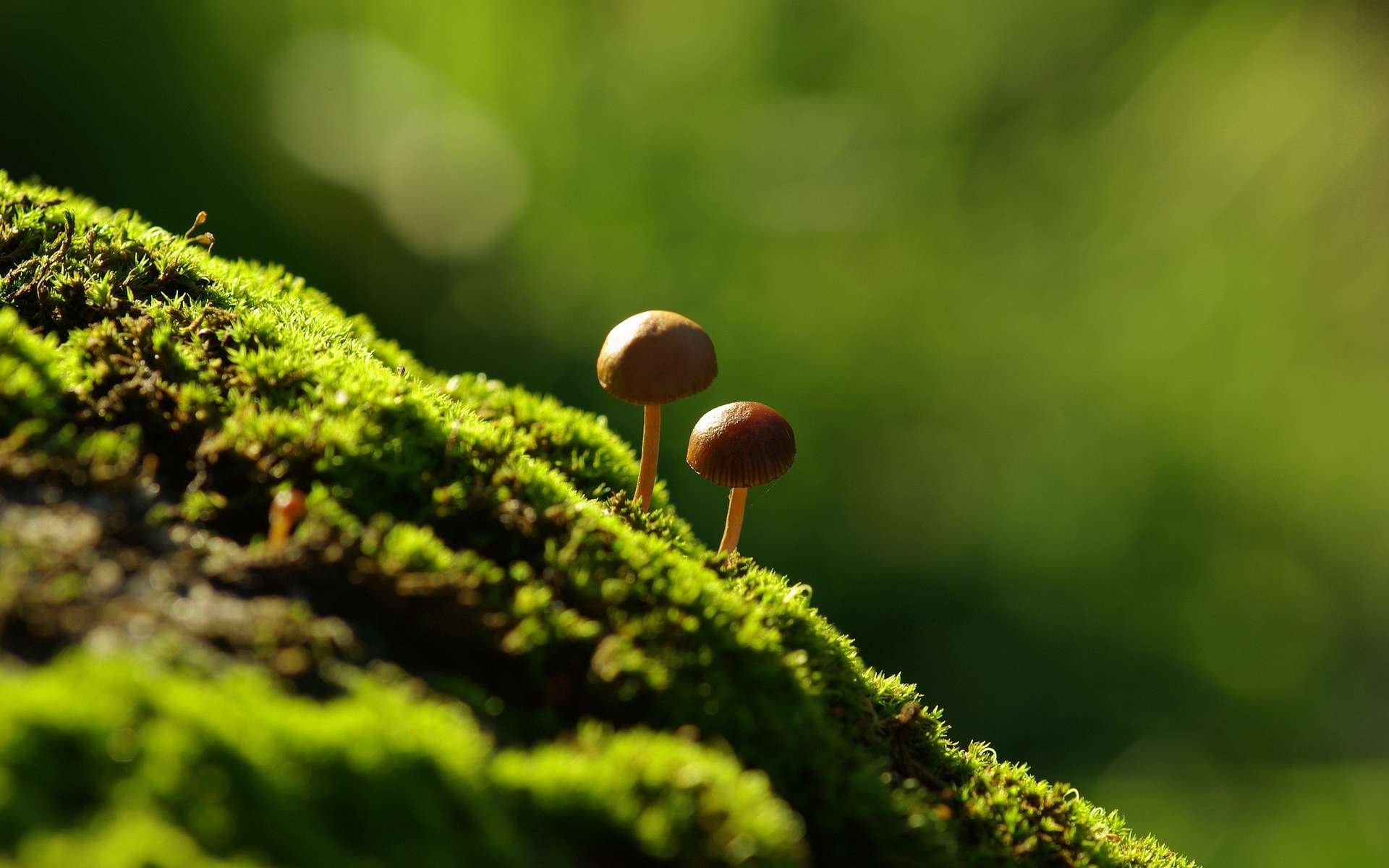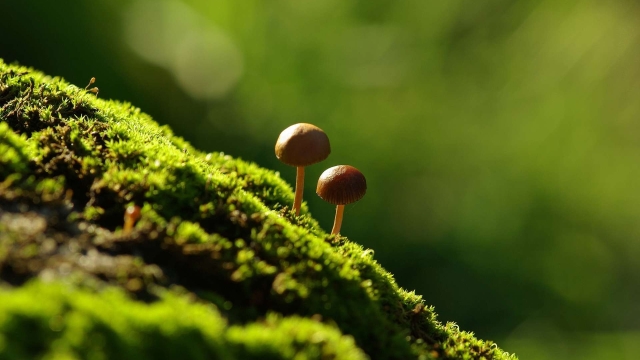
Welcome to the enchanting world of mushroom growing! Whether you have a green thumb or are just starting your gardening journey, cultivating your own mushrooms can be a fascinating and rewarding endeavor. From the earthy aroma to their mesmerizing shapes and colors, mushrooms have captured the imagination of humans for centuries. And now, with a little knowledge and the right techniques, you too can unleash the magic of growing your very own mushrooms right at home.
But where does one even begin? Fear not! In this beginner’s guide, we will walk you through the essential steps to get started on your mushroom growing adventure. From understanding the different types of mushrooms to creating the ideal growing conditions, we’ll provide you with a comprehensive overview that will set you on the path to success. So roll up your sleeves, put on your gardening gloves, and let’s embark on this thrilling journey into the world of mushroom cultivation together!
Choosing the Right Mushroom Variety
When it comes to mushroom growing, selecting the right variety is crucial for successful cultivation. The type of mushroom you choose will determine the growing conditions, time required for harvest, and the flavors you can enjoy. With a wide range of options available, it’s important to consider your preferences and the growing environment before making a decision.
-
Consider Your Tastes: Different mushrooms offer distinct flavors and textures. Some popular options include shiitake, oyster, and white button mushrooms. Shiitake mushrooms have a rich umami flavor and are great for stir-fries and soups. Oyster mushrooms are prized for their delicate taste and go well in salads and pasta dishes. White button mushrooms have a mild flavor, making them versatile for various recipes. Take a moment to think about your preferred taste profile and choose a mushroom variety that aligns with your culinary preferences.
-
Evaluate Growing Conditions: Each mushroom variety has specific requirements regarding temperature, humidity, and light exposure. Some mushrooms thrive in cooler conditions, while others prefer warmer environments. Consider the climate in your area and choose a mushroom variety that can grow well under those conditions. Additionally, think about the amount of space and equipment you have available for cultivation. Some mushrooms may require specific growing containers or substrates, so make sure to assess your resources before making a choice.
-
Assess Time and Effort: Different mushroom varieties have varying growth rates and levels of maintenance. Some mushrooms mature and can be harvested within a few weeks, while others may take several months to grow. If you’re a beginner or have limited time, you may want to opt for a mushroom variety that is relatively easy to cultivate and has a shorter growth cycle. On the other hand, if you enjoy challenges and are willing to invest more time and effort, you can choose a mushroom variety that offers a greater reward but requires more dedication.
Remember, choosing the right mushroom variety is the first step towards a successful harvest. Consider your taste preferences, assess the growing conditions available to you, and evaluate the time and effort you’re willing to invest. With careful consideration, you’ll be on your way to experiencing the magic of growing your own mushrooms in no time.
Creating the Ideal Growing Environment
For successful mushroom growing, it is crucial to create the ideal environment in which your fungi can thrive. The right conditions will ensure healthy growth, higher yields, and a magical mushroom-harvesting experience. Here are three key factors to consider when setting up your growing space.
Temperature Control
Maintaining the correct temperature is essential for mushroom cultivation. Different species have different temperature requirements, so it’s important to research and understand the optimal temperature range for the mushrooms you’re growing. Typically, a stable temperature between 60-75°F (15-24°C) is suitable for most common varieties. Remember to avoid sudden fluctuations or extreme temperature ranges, as they can hinder growth and compromise your harvest.
Humidity Levels
Mushrooms thrive in a humid environment, so controlling moisture levels is vital. To create the right amount of humidity, consider using methods like misting or employing a humidity tent. These measures will help retain moisture and prevent the drying out of your mushroom beds. Aim for a relative humidity level of around 90% during the initial growth stages, gradually reducing it to 80% as the mushrooms mature.
Adequate Ventilation
While mushrooms require high humidity, they also need proper air circulation to prevent the growth of mold or other undesirable pathogens. Ventilation can be achieved by strategically placing fans or vents within your growing area. This will help maintain fresh air exchange throughout, ensuring optimal conditions for mushroom development. However, be mindful not to create excessive air movement, as it may lead to drying out the mushrooms too quickly.
By carefully controlling temperature, humidity, and ventilation, you can provide your mushroom garden with the perfect growing environment. Embrace the magic and watch as your fungi flourish in their ideal habitat. In the next section, we will delve into the exciting world of mushroom substrate preparation.
Caring for Your Mushroom Crop
-
Irrigation: Proper watering is crucial for the growth of your mushroom crop. Mushrooms thrive in a moist environment, so you need to maintain a consistent level of humidity. Avoid overwatering though, as excessive moisture can lead to the growth of molds and other contaminants. Regularly misting the growing area or using a humidifier can help create the ideal conditions for your mushrooms.
-
Temperature and Ventilation: Temperature plays a vital role in mushroom cultivation. Most mushrooms grow well within a specific temperature range. Make sure to monitor and maintain the appropriate temperature for your chosen mushroom variety. Proper ventilation is also essential to prevent the buildup of carbon dioxide and maintain fresh air circulation. This can be achieved by using fans or opening windows, if feasible.
-
Harvesting: When it’s time to harvest your mushrooms, ensure that you handle them with care. Gently twist or cut the mushrooms at the base, taking care not to damage the growing medium or neighboring mushrooms. Harvesting at the right time is crucial, as mushrooms can quickly become overripe. Regularly check the maturity of your crop to prevent any losses and to enjoy mushrooms at their peak flavor and texture.
Remember, while these guidelines will help you get started on growing your own mushrooms successfully, different mushroom species may have specific care requirements. Always refer to the instructions provided with the mushroom spawn or seek advice from experienced growers to ensure the best results for your particular crop.



